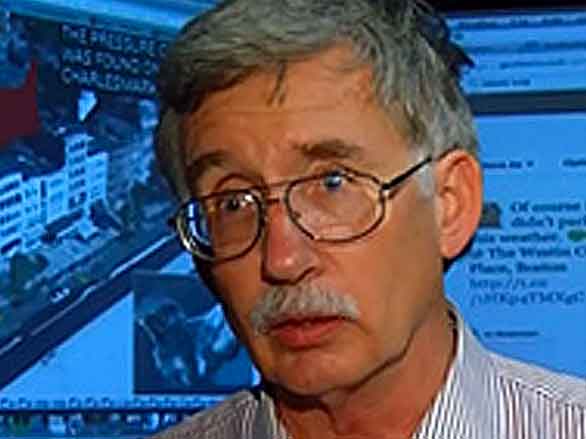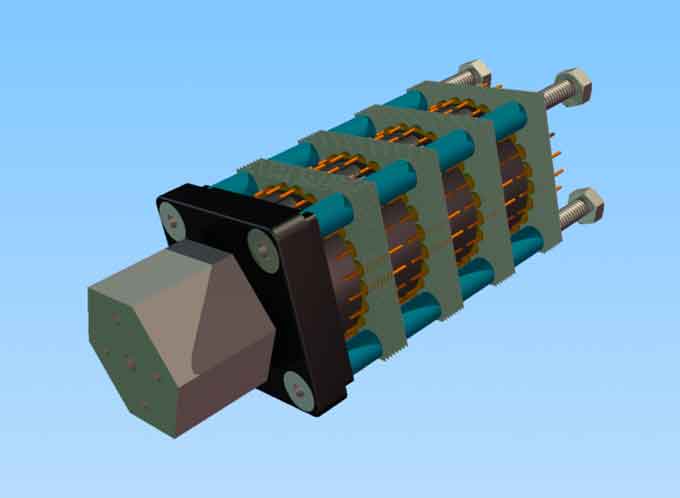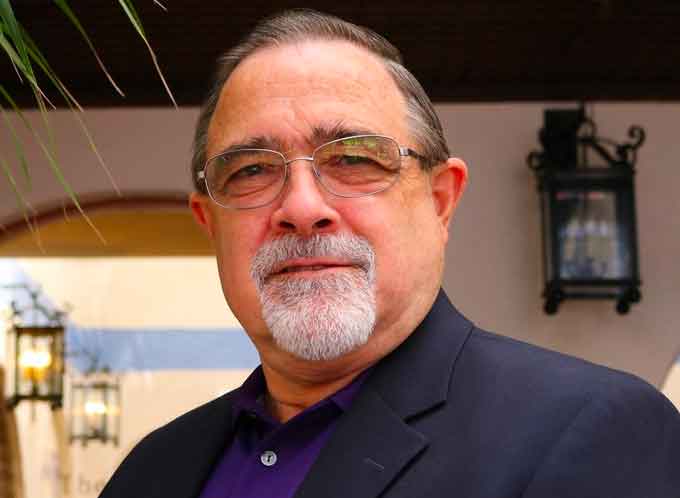Autek Propulsion Technologies, the spin-off from a defense contracting company started in 1973, holds the intellectual property rights for a motor which is lighter and much more efficient than any on the market.
Ronald A. Newcomb, the CEO and then Adj. Professor at SDSU, was asked to visit Coleman University’s Electric Networked Vehicle Institute (ENVI) and see whether he could help improve their drone.
“You are flying with a propeller invented by the Wright Brothers in 1905, and using a radial field motor invented by Nikola Tesla in 1985,” a shocked Rod Weiss, the Institute’s Director, was shocked when he said.
“We can do no less than reinvent drones.”
Mr. Weiss said, “But they are state-of-the-art.”
“We can change that,” replied Professor Newcomb.
The drone mentor at the institute, Rob Gabula, heard the description of what he had done previously, and how that could apply here, and said, “That is the Holy Grail of the drone world.”
Autek LLC spun off Autek Propulsion Technologies Corporation a few months later.
(Brief introduction by CEO Ronald A. Newcomb, to Autek Propulsion Technologies. Courtesy of Ronald Newcomb and YouTube)
Asked for his thoughts, SDSU Professor Eric Frost, Director of the Homeland Security Masters Degree program, stated, “You are focused on the only two fields left unimproved in drone technology – the motor and the propeller.”

“Radial field motors are infamous for inducing both electrical and magnetic eddy currents in surrounding metals, reducing flux and wasting energy by their geometry,” said the CEO when asked what was so revolutionary about the technologies.
“The eddy currents compound the problem and wasted energy is converted to destructive heat which causes many drone motors to seize every day.”
“This is why drones are so inefficient.”
Being transported by drones with motors that may seize would, of course, be catastrophic for people inside the drone, noted Newcomb.
But he is also implying longer flight times by preserving battery life. This gives substance to his comment about reinventing drones.
“The fact that the propellers make noise is proof of inefficiencies, energy lost through noise,” Newcomb continued.
“The Wright Brothers in 1905 borrowed the then century-old bionic wing design of Sir George Cayley and found them to be the wing design that best produced lift, but we have not continued far enough down the logic of the biomimetic research or that of fluid flow dynamics for the wings.”
“We can change that, and then wing designs, but that will be after our crowdfunding campaign at Fundable,” he said.
He believes he can make a much more efficient motor and reduce the noise of future drones delivering packages on your street, extend flight times, make better propellers, and lastly, improve wing designs.
The future is looking more and more like the 1962 cartoon, The Jetsons.
Autek Motor Technology

The by Professor Newcomb is specific to the field of drone technologies and is believed that, once prototyped, to produce more than ten times the power of current drone motors whose basic radial electromagnetic field design was invented by Nikola Tesla in 1882 and undergone incremental improvements since, but not quantitative or fundamental changes.
Propeller Technology

The current state of drone propeller technology can be seen above by comparing the bottom image (at left), a drone propeller on sale on the web today, with the evolution of the bent wing propeller by the Wright Brothers between 1903 (A above) and 1905 (D above).
With modern computer flow dynamics and current studies of fluid flows in the field of biomimetics, significant improvements can be made in the efficiency of the propellers used in drones.
There are four specific areas of improvement Autek is working on and has continued to work on since the year 2001, and each proven in one of more specialized field of bionics.
Autek distinguishes bionics from biomimetics only because traditionally humans tend to take a single solution for a single aspect of a problem and decide the, since it is an improvement, they are satisfied and they have discovered a final answer to the problem at hand and forget other aspects of the highly complex biological systems and their superior designs when there are other, deeper aspects still to be discovered by the study of nature and the depth of its complexity and teleological suitability.
With the four distinct areas of improvement, Autek propellers will increase efficiency by at least 85% and probably more by broadening the application of biomimetics applied to the fluid flows the propellers are designed for.
This will result in longer battery life, greater lift capability, and much quieter operations, according to Newcomb.
However, it must be clearly understood that without the high efficiency motor, this propeller will not increase the efficiency of a typical drone, however the fluid flow technologies will be useful in certain other winged technologies.
To contact Ronald A. Newcomb, email him at CEO@autekpropulsiontechnologies.com, or call (619) 501-1800.

















